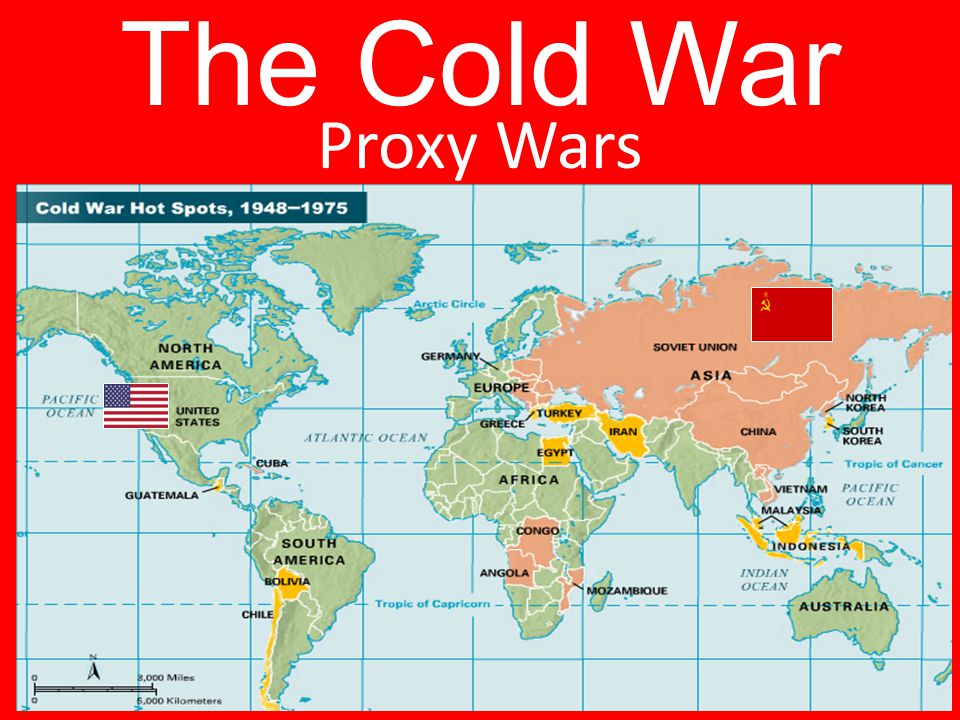Make-Up Assignments: End of Quarter 1
Hi there folks,
Our quarter together has come quickly to an end. As part of your learning, I would like to offer you an opportunity to either re-do a written assignment from early in the Quarter (Population Assignment) or Written Report for Protest Assignment. Your writing and English skills have improved greatly since then, and so this is an opportunity to replace that mark, with one from today, using your improved writing skills.
This is also an opportunity for a bonus assignment for the course. You can improve your mark by 1% if you choose to do the assignment.
Assignment: Proxy Wars and Current Events
BACKGROUND INFORMATION: Read and review
The Cold War was a time period from the end of World War II until the early 1990s, when the USA and USSR competed with each other in an ideological battle. They competed in many different ways including military build-up, the space race, espionage, and propaganda to convince others that they had superior cultural and social values.
Another way in which they competed was for power and control over different regions of the world. As part of this, they engaged in PROXY WARS. While the Cold War is often described as a time of "peace" or detente, this is misleading - it was simply a time where the two superpowers didn't fight each other directly.
The end goal was always to gain territory and influence for their political ideology.
COMMUNISM VS. CAPITALISM
So, what were those conflicts that took place during the Cold War?
Proxy wars were battles fought between other countries, but with each side getting support from a different superpower. Key examples of proxy wars include the Korean War, the Vietnam War, the wars in Angola, and the Soviet Afghanistan War. There were many others though, as you can see in the map below - including conflicts that took place in Nicaragua, Guatemala, Israel, Cambodia, Egypt and Iran.
Sometimes the USA and USSR supported other countries with their militaries, other times they provided weapons, and in other cases, organizations like the CIA (USA) helped train soldiers from varying sides. They intervened in conflicts like the Korean War, each supporting a different side. We came extremely close to nuclear war during the Korean War (when the US military suggested dropping nuclear weapons on China), and even closer during the Cuban Missile Crisis. In many cases, they made the severity of the conflicts much worse, inflicting pain and suffering on local civilians.
Many of these "hot zones" have continued to be conflict zones in the 21st century (ex. Afghanistan), and so its important for us to go back in time and explore them.
It is estimated that 7 million people died during the Cold War in these proxy wars - the majority civilians - so its hardly accurate to call this a time of peace. 
Examine current-day proxy conflicts in detail - specifically tensions between Saudi Arabia and Iran, Kashmir, and the Ukraine. We can learn about historical events by examining current day conflicts because history often repeats itself. You will notice that while the Cold War is over, the United States is still heavily involved in proxy wars. You will also notice that the roots of many of these struggles originate during the Cold War.
A. Watch the 3 video clips - learn the material about CURRENT DAY proxy wars
- Vox Media - The Middle East's Cold War Explained (2017) Saudi Arabia's tension with Iran
- Vox Media - The Conflict in Kashmir Explained (2019) - Kashmir, caught between India and Pakistan
- Vice News -On the Frontline of Ukraine's Proxy war between the West and Russia
B. Email your Assignment to Ms. Sawatsky. Each question should be in paragraph form, and refer to specific video clips, or outside research that you do.
- Describe the basics of each of the three conflicts (Who, What, Where, When, Why)
- Describe 2 connections that you made while watching any of the videos - for example - background knowledge, movies/media/articles/books, current events, other things that we've learned about, or things you noticed in the videos that are similar to other conflicts you've studied. (Hint: Read background knowledge intro above for connections!)
- Explain which conflict you found most interesting, and would like to study and know more about,. Explain why its interesting to you, and some questions that you have about it.
Comments
Post a Comment